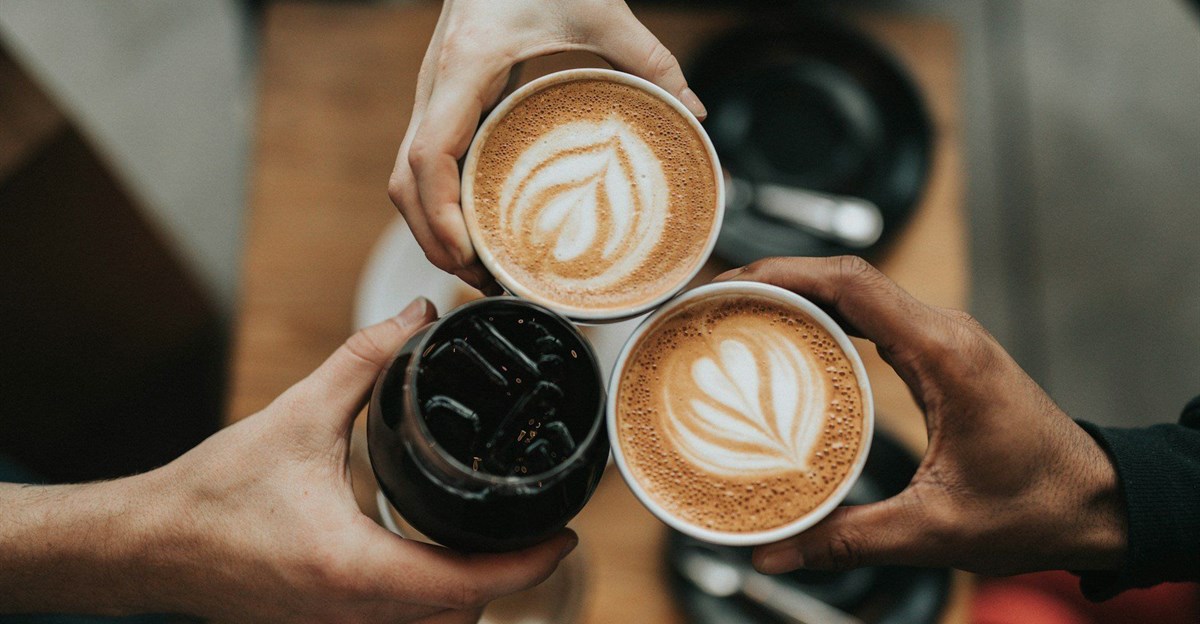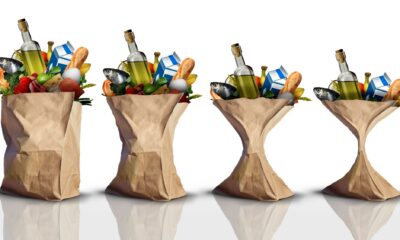Culture Craze
The R600 Coffee Shock: Why South Africans Are Paying More for Their Morning Fix

A cup of comfort is becoming a luxury, here’s how we got here
For many South Africans, coffee isn’t just a drink, it’s a ritual, a comfort, a small moment of sanity before tackling taxis, traffic, or Teams meetings. But lately, that little moment of joy has been burning a hole in people’s pockets.
Instant coffee, the country’s favourite pick-me-up, has quietly become one of the fastest-rising expenses in the national grocery basket. And by “fastest-rising,” we don’t mean by a few rand. We mean a full R600 extra per average coffee drinkerevery single year.
And no, that’s not because we’re drinking more. It’s because the price tags have gone wild.
A 35% climb in three years, the numbers that made shoppers choke
If you’ve noticed your supermarket bill creeping up, you’re not imagining it. Instant coffee prices jumped by 22.3% in just 2024, and since 2022, the total increase now sits at 35.7%.
A quick example makes the pain real:
| Year | Price of Jacobs Instant Coffee 200g |
|---|---|
| Nov 2022 | R139.99 |
| Nov 2024 | R184.99 |
| Nov 2025 | R189.99 |
That’s a massive increase for a single 200g jarespecially when half the adult population drinks coffee daily.
According to data from Eighty20:
-
22.7 million South Africans drink coffee every day
-
Instant coffee is the top choice
-
The average drinker consumes 1.7 cups per day
-
That works out to almost one 200g jar per month
So a R50 increase per jar = R600 extra a year for the average household.
And for many, that’s not a small inconvenience. It’s a budgeting crisis.
Why your coffee costs so much: blame Brazil’s rain and Vietnam’s drought
Coffee inflation didn’t come out of nowhere, it came from farms thousands of kilometres away.
Brazil’s harvest suffered a beating
Brazil, which produces almost 40% of the world’s coffee, had a disastrous 2023 harvest. Heavy rainfall in Minas Gerais, one of the world’s most important coffee regionstriggered pest outbreaks and diseases.
Lower-quality crops + fewer beans = global price spikes.
Vietnam’s heat made things worse
Vietnam, the king of robusta (the type used in instant coffee), faced two straight years of drought and extreme heat.
Robusta is the backbone of instant coffee blends. When Vietnam suffers, your pantry suffers.
And then came global supply chain chaos
Even once beans were harvested, moving them around the world became more expensive. Fuel prices rose, shipping routes became unpredictable, and everything from packaging to transport saw cost increases.
In short, every step in the coffee supply chain became more expensive. And consumers paid for all of it.
The R800 shock that even experts didn’t see coming
Eighty20 director Andrew Fulton summed up the crisis in a way ordinary South Africans immediately understood:
“My favourite coffee went from R400 a bag to R800. It priced me out completely.”
It’s a moment many households relate to, swapping brands, downsizing jars, or buying cheaper blends out of necessity.
Prices are stabilising… but still far from normal
Here’s the good news: the worst spikes seem to be behind us.
Fulton confirmed that bulk international coffee prices have cooled, and inflation in 2025 is nowhere near the panic-level jumps seen in 2023 and early 2024.
But here’s the bad news:
Instant coffee is still rising by around 10% a yearalmost three times the national inflation rate of 3.6%.
So while the crisis has eased, it certainly hasn’t disappeared.
A strange twist: Stats SA removed ground coffee from CPI
In a move that raised eyebrows, Stats SA recently updated the CPI basket and removed ground coffee entirelyreplacing it with rosé wine and snuff.
That means:
-
Instant coffee is now the only coffee category officially tracked
-
Ground coffee inflation (about 13.6%) is no longer counted in CPI
-
Data looks simpler, but the real lived cost of coffee becomes harder to measure
For a country where coffee culture has explodedfrom Mzansi’s artisan cafés to the boom in home espresso machines, this omission feels oddly timed.
Despite the costs, South Africans are drinking more coffee than ever
Here’s the twist no one expected: coffee consumption actually went up 8% in the last year.
It seems high prices didn’t scare people awayif anything, they made the daily cup feel even more essential.
Global production has also hit record highs, giving analysts hope that further easing may be on the way.
But until retail prices correct themselves, households will continue to feel the pinch.
What South Africans are saying: “This is daylight robbery”
A quick look at social media shows the public mood:
-
“R190 for Jacobs? Yoh, we’re suffering.”
-
“Coffee is now a luxury item.”
-
“Maybe Rooibos is the way.”
-
“Soon we’ll need a payment plan for groceries.”
In a cost-of-living crisis, even small luxuries become political.
The bottom line: the worst may be over, but the pain isn’t
Even though year-on-year increases have slowed to just 2.7% for some products, prices are still nowhere close to what they were before the spike.
For the average instant coffee drinker:
-
One jar a month = 12 jars a year
-
R50 extra per jar since 2022
-
Total: R600 additional cost per year
And with instant coffee inflation still rising faster than almost anything else in the grocery aisle, South Africans may be paying a premium for their morning fix for a long time to come.
{Source: BusinessTech}
Follow Joburg ETC on Facebook, Twitter , TikTok and Instagram
For more News in Johannesburg, visit joburgetc.com



























